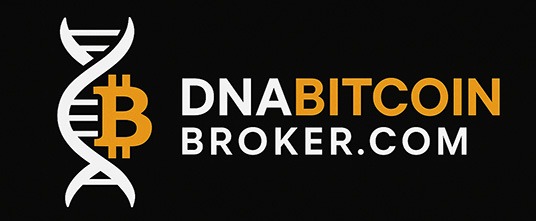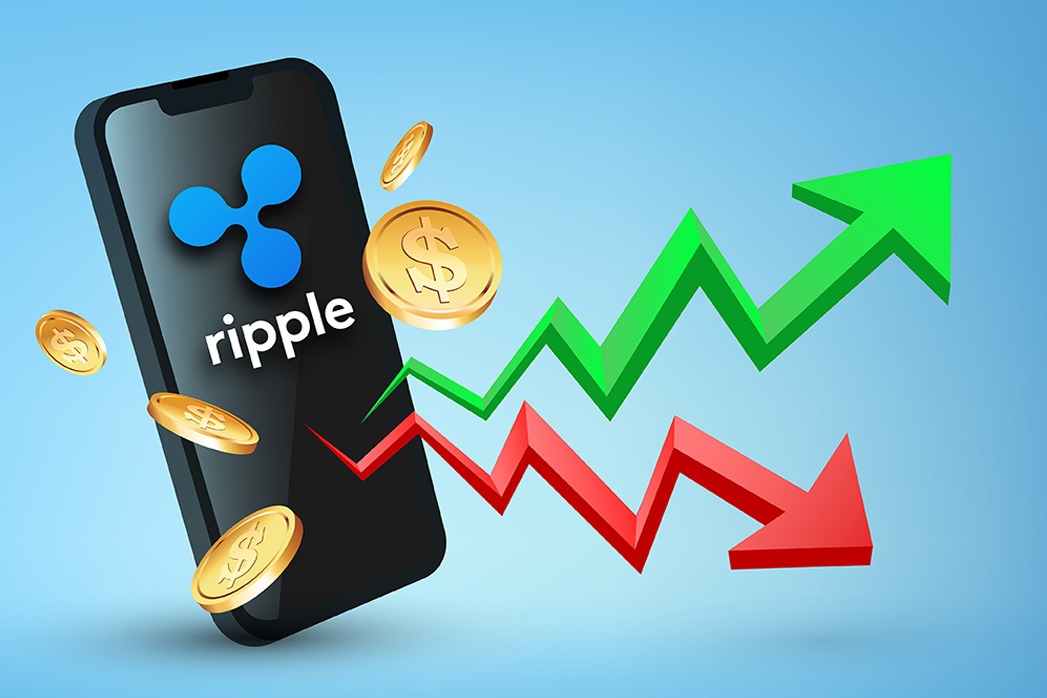ISO 20022: The Global Payment Standard Connecting Banks, Blockchains, and Digital Assets
“True financial transformation doesn’t come from competition — it comes from connection.” – DNA Crypto Knowledge Base.
After two decades of planning, ISO 20022 — the international messaging standard for financial transactions — has become the backbone of modern payments.
In 2025, more than 85% of global high-value payments are expected to be routed through ISO 20022-compliant networks, marking a new era of interoperability among banks, fintechs, and digital asset providers.
This upgrade isn’t just about efficiency — it’s about making money programmable, preparing the financial world for digital currencies, tokenised assets, and blockchain integration.
Learn more: Institutional Tokenisation
What Is ISO 20022 and Why It Matter
ISO 20022 is a unified messaging standard that enables the exchange of richer, structured data across financial systems.
Unlike legacy SWIFT MT formats, it allows each payment to carry metadata, compliance tags, and contextual information — essential for automation, analytics, and regulatory transparency.
Key advantages:
-
– Speed & Clarity: Faster cross-border settlements with detailed data fields.
-
– Compliance: Enhanced AML/KYC transparency and traceability.
-
– Interoperability: Bridges traditional systems with blockchain-based payment rails.
ISO 20022 is not just a technology shift — it’s a universal financial language connecting banks, Stablecoins, and CBDCs.
Explore: Global Impact of MiCA
UK and European Banks: Full Integration by 2025
The UK’s major clearing systems — CHAPS, FPS, and BACS — are now fully ISO 20022-compliant.
The Bank of England completed its multi-year migration in early 2025, aligning with the European Central Bank’s TARGET2 and TIPS systems.
For businesses and consumers, this means:
-
– Instant settlement data visibility
-
– Automated reconciliation for corporates and fintechs
-
– Cross-border compatibility between UK, EU, and U.S. systems
Together, these integrations represent a new interoperable payment zone for digital assets and regulated institutions alike.
See: MiCA and Investor Protections
Crypto and ISO 20022: A Perfect Fit
As banks modernise their messaging, blockchain networks are adopting the same logic — structured, verifiable data exchange.
ISO 20022-compatible cryptocurrencies, including XRP (Ripple), XLM (Stellar), and ALGO (Algorand), are now positioned as bridges between fiat and digital liquidity.
Key developments in 2025:
-
– RippleNet: Now fully aligned with ISO 20022, facilitating real-time settlement with compliant metadata.
-
– Stellar and MoneyGram: Integrating ISO 20022 message formats for remittance reporting.
-
– Algorand & CBDC Pilots: Supporting tokenised payments with ISO-conformant APIs for central banks.
These integrations create a world where blockchains can “speak” the same language as banks, paving the way for regulated crypto settlement and tokenised money markets.
Read: DeFi and MiCA Regulation
DNA Crypto: Building the ISO 20022 Bridge
As a VASP-licensed brokerage in Poland, DNA Crypto sits at the intersection of regulated banking and digital asset infrastructure.
Its systems are already structured around ISO 20022-compatible messaging — enabling:
-
– Institutional-grade reporting for crypto transactions
-
– Real-time data synchronisation with banking partners
-
– Compliance-ready settlement flows for tokenised assets
DNA Crypto’s integration approach turns compliance into a competitive advantage — giving clients transparency, interoperability, and speed.
More: Crypto Custody Solutions
Looking Ahead: ISO 20022 and the Future of Money
By 2026, ISO 20022 will underpin every central payment system worldwide — from cross-border settlements to CBDCs and Stablecoins.
It is becoming the connective tissue of the financial world — linking regulated fiat rails with digital liquidity and tokenised value.
In short, ISO 20022 is not the end of the banking system — it’s the start of a universal financial ecosystem where data, compliance, and value flow seamlessly together.
Image Source: Adobe Stock
Disclaimer: This article is for informational purposes only and does not constitute legal, tax, or investment advice.

